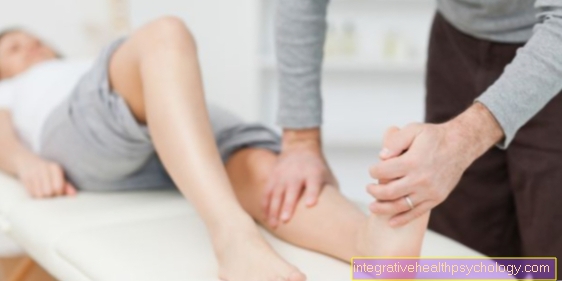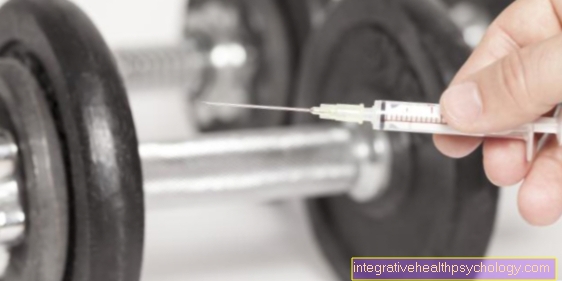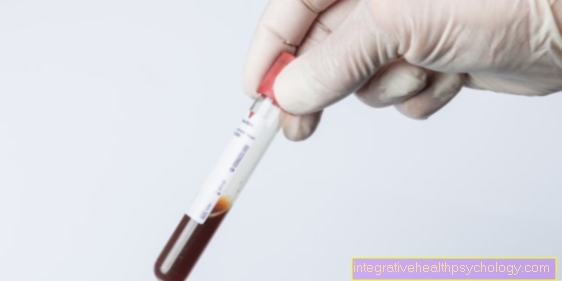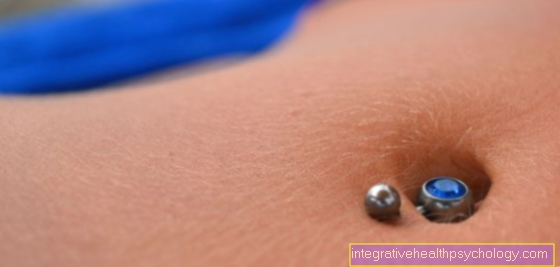Stages of puberty
definition
Puberty (from Latin puberty = sexual maturity) describes a development process in late childhood and early adolescence, known as adolescence. Complete sexual maturity occurs during puberty.
Puberty is marked by numerous drastic physical and psychological changes. The process of puberty can be roughly divided into 3 phases or stages.

The three phases
Puberty is a development process that lasts for years. It can be roughly divided into three phases. Pre-puberty, the high phase of puberty and the late puberty phase. It differs from child to child when they go through these phases.
In general, boys enter puberty later than girls.
You might also be interested in: Puberty gynecomastia.
Pre-puberty
The pre-puberty phase is the first of three phases in the child-to-adult development cycle. On average, children between the ages of 11 and 14 enter the first phase of puberty.
The first prepubescent symptoms usually appear towards the end of primary school. However, it is not that puberty or pre-puberty sets in all of a sudden. It's a slow, creeping process.
Pre-puberty signs are that children begin to question rules set by their parents. You want to start making your own decisions. Nevertheless, the parents remain important contact persons during this time. Despite the fact that the children enjoy familiar closeness and security, this phase leads to increased withdrawal.
The children begin to want to be more and more to themselves and, for example, withdraw to their room more often. In this phase it is still possible for the parents to maintain the close parent-child relationship and perhaps even expand it again. The pre-puberty phase usually lasts one to two years.
Boys and girls already differ from one another in pre-puberty. Boys are particularly noticeable because they are full of energy, can hardly sit still and are full of zest for action. You measure yourself against your peers and are adventurous.
Pre-puberty is also evident in girls with an increased urge to move and restlessness. This is where the girls' typical silly giggles and whispers often begin. They spend a lot of time with their friends. Girls can also experience mood swings and moodiness.
The pre-puberty phase ends with the first menstrual period in girls or the first ejaculation in boys.
High phase of puberty
The high phase of puberty takes place between the ages of 12 and 16. This is puberty in the true sense of the word.
The parents are cut off the cord, which is often associated with many arguments and disagreements. The girls and boys want to develop and break away from their parents to some extent, at the same time the (unconscious) fear of saying goodbye to childhood also plays a major role.
The most important caregivers in this phase are their peers. Sexual development is in full swing during this phase of puberty. At first, this is usually embarrassing for the adolescents. In the high phase of puberty, the first couple relationship also begins for most boys and girls.
Since the contact with the peers and the first great love play a decisive role, there are often arguments with the parents. The topic of school performance also often plays a decisive role in the high phase of puberty, since everything else seems more important than school in this phase of life.
In the peak phase, the issue of sexuality and contraception also play a decisive role. So sooner or later it must be addressed by the parents for better or worse. The high phase of puberty is the most difficult for the parents as the children increasingly close themselves off and disconnect and the parents no longer know a lot about their children.
Late adolescent phase
The last phase of puberty, the late puberty phase, begins around the age of 16 and lasts until the age of 18. In this phase, the parents can "breathe again".
The potential for conflict has decreased significantly, the young adults are more at peace with themselves, have a more stable sense of self-worth and can again accept their parents more as conversation partners and advisors. The most difficult thing in this phase is probably for the parents to accept the young person's increasing independence.
It is the phase in which many children become more and more detached from their parents, both emotionally and spatially. This process can be very painful and difficult to accept, especially for parents.
Duration of the phases
The duration of the phases is extremely variable and differs significantly from child to child. The pre-puberty phase lasts about 2 years. The peak of puberty can last for 2 to 5 years. The late pubescent phase lasts about 2-4 years. Overall, puberty lasts an average of around 5-7 years.
You might also be interested in: What happens in puberty?
Physical changes
During puberty, the child's body becomes male or female. Both girls and boys experience a significant growth spurt.
The girls develop plump features and the breasts begin to grow. The body fat percentage increases and the pubic and armpit hair grows. The female body also changes internally. Girls become sexually mature with their first menstrual period. The uterus adapts to the new cycle.
Your male peers will first notice an increase in the volume of the testicle. The penis grows and the pubic, armpit and facial hair starts to grow. The entire physique becomes more masculine. This means that the boys develop more muscle in their body weight and their shoulders get wider. The face also loses its typical childlike curves.
The skin changes in both girls and boys. The percentage of fat in the skin increases and the hair becomes greasy faster. This increased amount of fat in the skin also leads to acne. The vocal folds also become longer, causing the voice to break and the voice to become deeper.
Differences between girls and boys
Even the age of entry into puberty differs significantly between boys and girls. Boys reach puberty on average two to three years later than girls.
Girls also suffer more from mood swings than boys during puberty. They alternate between euphoria and sadness or irritability. Boys are more impulsive than girls during puberty. They have a high willingness to take risks and are looking for the "kick" by pursuing sometimes dangerous companies.
Since boys hit puberty later, they come out later too. This can be a life-threatening problem, especially in the post-pubertal phase when you are already allowed to drive. While boys tend to "let off steam" in the pubescent phase of self-discovery, girls are often more introverted.
This is noticeable in the increased rate of eating disorders among girls of pubescent age. Overall, puberty is a similarly exciting, exciting and at the same time frightening time for both sexes.

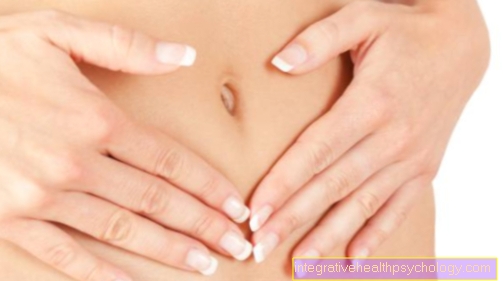





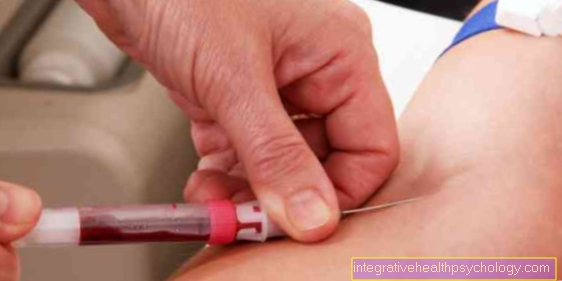
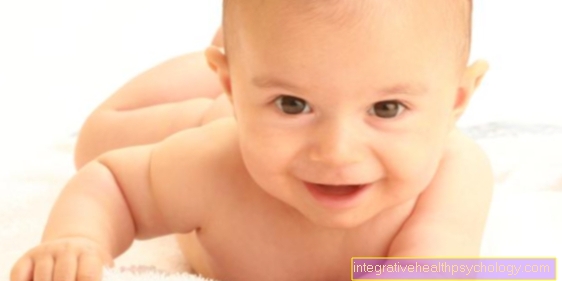
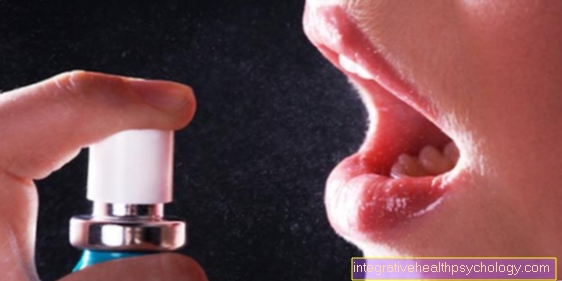



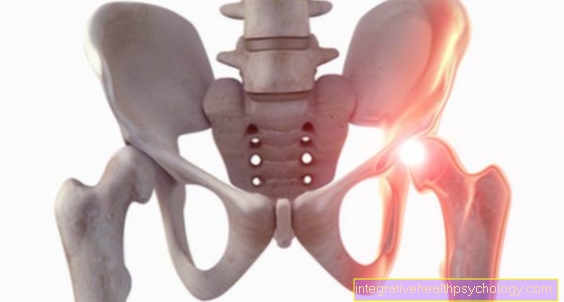



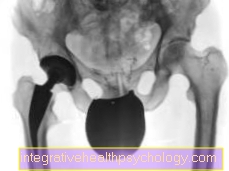
.jpg)
